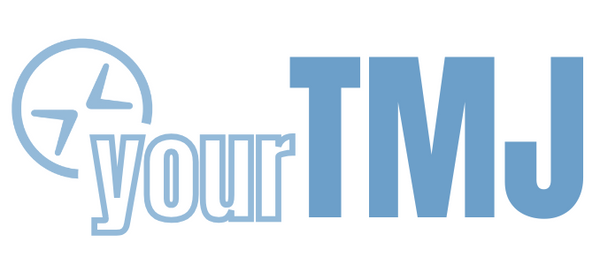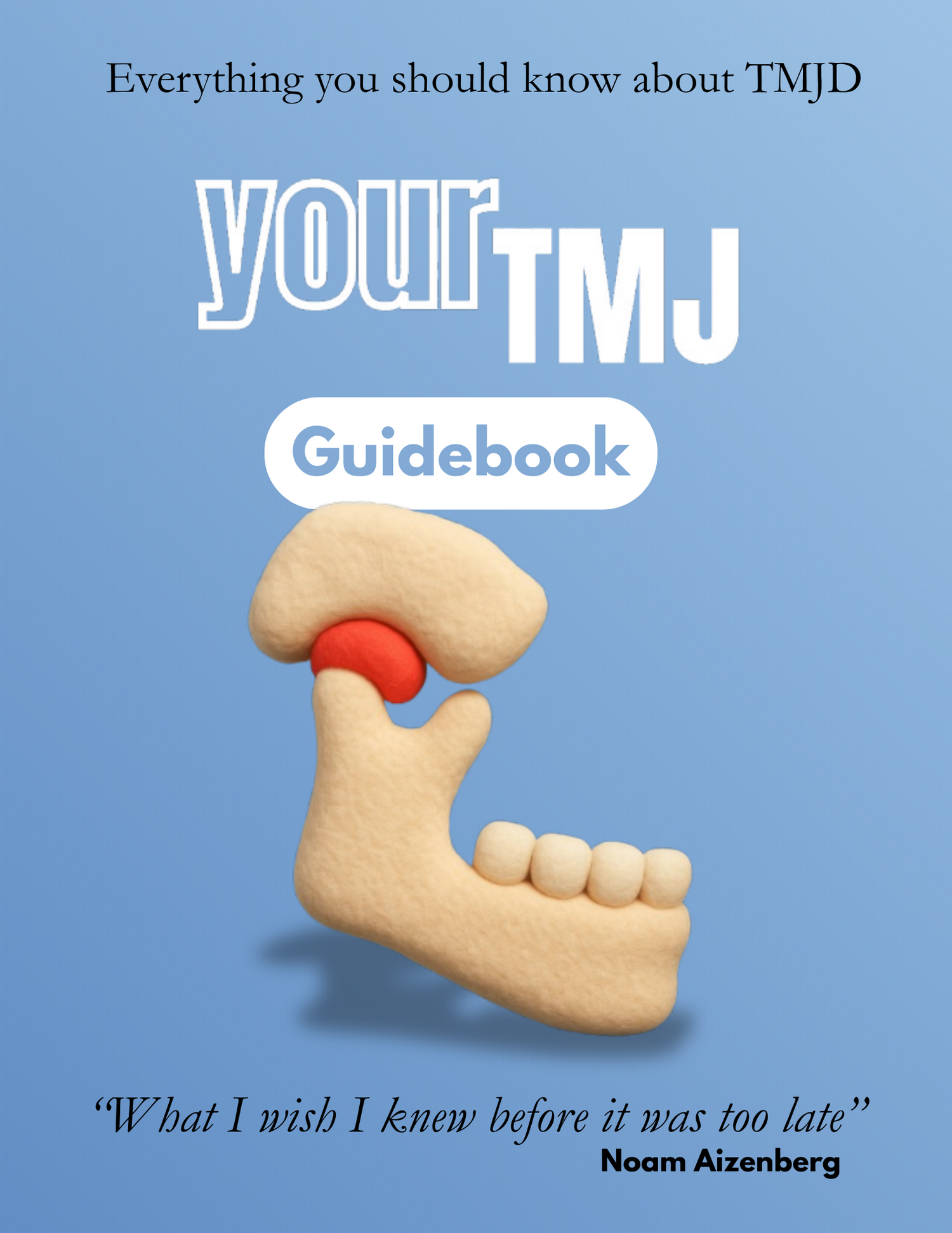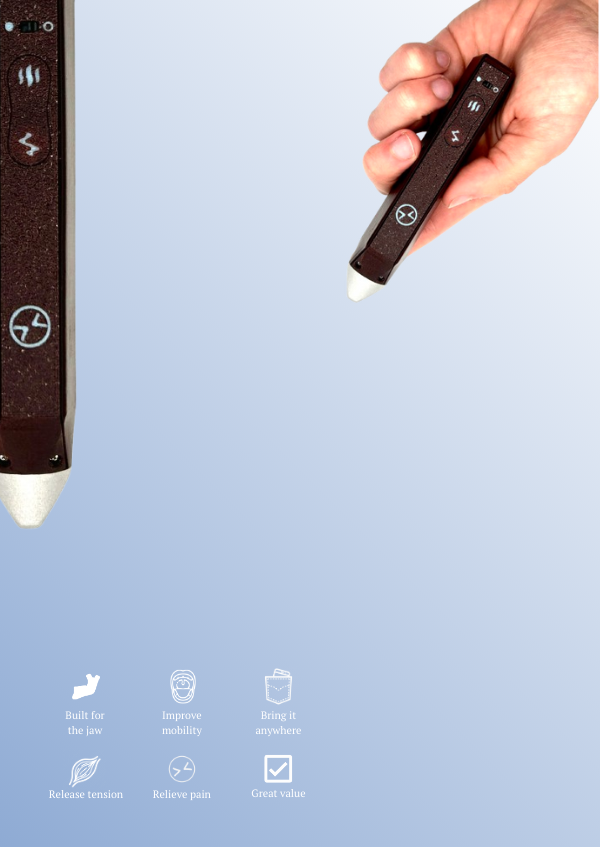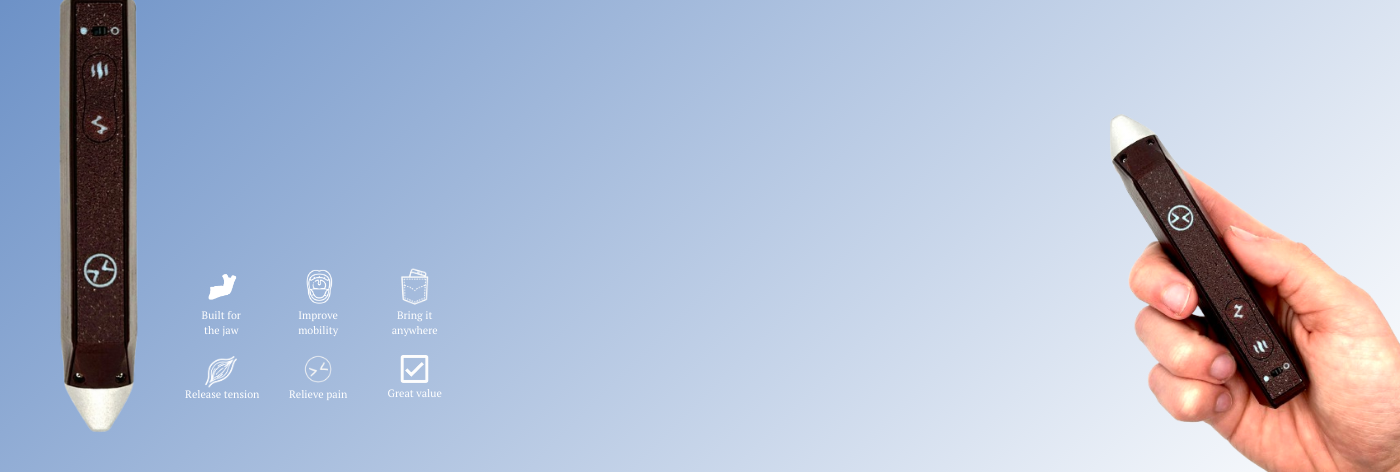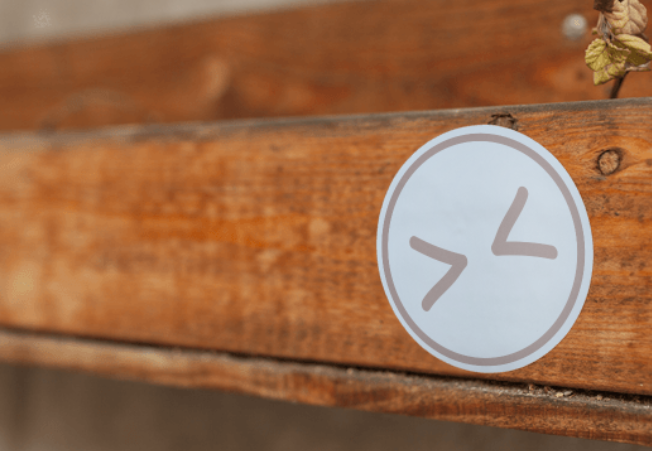What Does TMJ Mean?
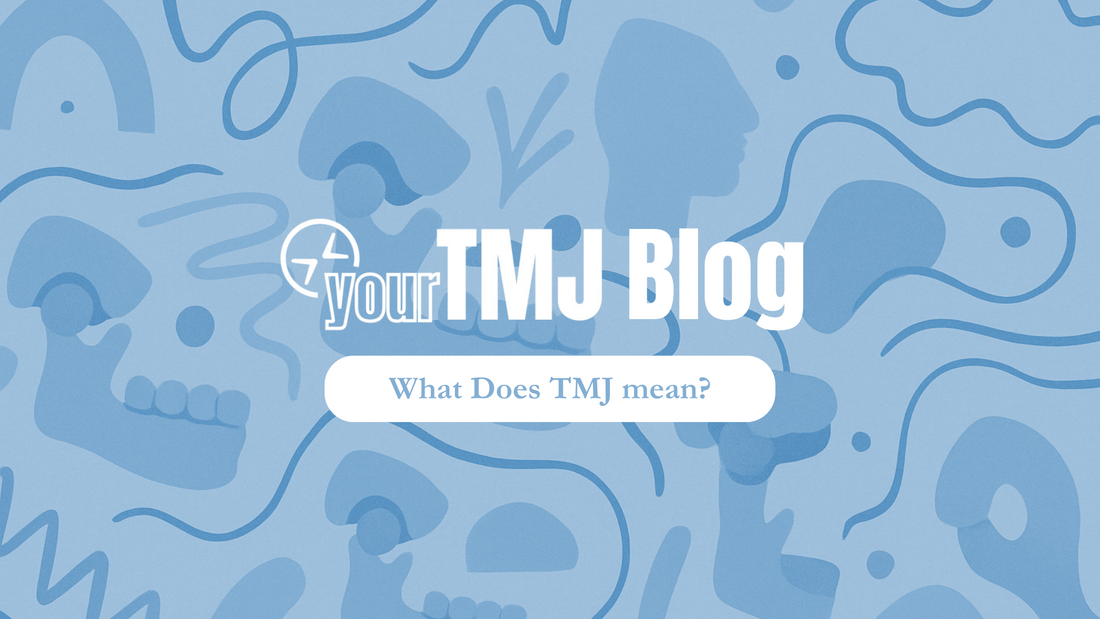
What Does TMJ Mean?
The term “TMJ” simply stands for temporomandibular joint—the hinge that connects your jawbone to your skull. You have two of them, one on each side of your face, sitting just in front of your ears. They allow your jaw to open, close, slide forward and backward, and move side to side. It's the most used joint in the human body.
But when people say “I have TMJ,” what they usually mean is that they have a TMJ Disorder—also called TMD. This refers to a dysfunction or issue with the joint itself, or the muscles and tissues around it. That might include pain, clicking, popping, locking, headaches, muscle tightness, ear pressure, and more.
In this article, we’ll explain what TMJ stands for, what it actually means to have a TMJ Disorder, and why this joint is so unique. We’ll also touch on why it’s so difficult to diagnose and treat properly. At the end, you’ll find a link to a free 76-page guidebook that breaks this all down in detail and includes things you can start doing today to treat TMJ Disorder yourself.
TMJ = Temporomandibular Joint
Let’s start with the basics. The temporomandibular joint (TMJ) is the joint where your lower jaw (mandible) connects to your skull (specifically, the temporal bone). It’s not a simple hinge. It’s a complex sliding joint that has to balance stability and motion, all while handling huge amounts of pressure from chewing, talking, and clenching.
It’s also mechanically linked—you can’t move one side without moving the other. That makes it the only joint in your body that works as a pair. When one side is off, the other side feels it. And that’s where problems can start.
What Is TMJ Disorder (TMD)?
TMJ Disorder is an umbrella term for dysfunction in this joint system. But that dysfunction can come from a ton of different sources. It might be:
-
Muscle-related (tightness, trigger points, clenching, imbalance)
-
Joint-related (disc displacements, arthritis, bone degeneration)
-
Postural (jaw sitting too far back, forward head posture)
-
Developmental (narrow palate, recessed jaw, airway issues)
-
A combination of all of the above
That’s what makes it so confusing to treat. Two people can have the same symptom—say, jaw clicking which happens when the sliding disc inside the TMJ is displaced—but one of them has it because they constantly clench, and the other has because of a developmental issue back when they got braces.
Why Is the TMJ Field So Unique?
Most joints in your body get assigned to a medical specialty. Knees go to orthopedics. Teeth go to dentists. Ears go to ENTs. But the TMJ kind of fell through the cracks. It’s a joint, but it’s right next to your teeth. It moves constantly, but it’s also deeply influenced by posture and breathing. And for years, no one really “owned” it.
To make things worse, most dentists get only a couple hours of TMJ education in school. That’s it. Meanwhile, many doctors have no formal training on it at all. That’s why TMJ Disorders often get misdiagnosed or downplayed—and why people with TMD often bounce from practitioner to practitioner without ever getting clear answers.
Common Symptoms of TMJ Disorders
If you’re wondering whether your symptoms are TMJ-related, here are a few of the most common ones:
-
Clicking or popping when you open your mouth
-
Jaw locking (can’t open all the way or can’t close)
-
Muscle pain or tightness in the face
-
Headaches (especially around the temples)
-
Ear pressure, ear pain, or tinnitus
-
Jaw pain when chewing or yawning
-
Feeling like your bite is off or uneven
If you have a mix of these, there’s a decent chance your TMJ is involved—even if your dentist or doctor hasn’t connected the dots yet.
Why Understanding This Matters
TMJ Disorders can be progressive. What starts as occasional clicking can turn into full-on lockups, muscle dysfunction, or chronic joint pain. That’s why it’s worth understanding the basics early—so you can prevent things from getting worse and start working toward actual root-cause treatment.
The good news is that most TMJ Disorders improve on their own or with conservative treatments. That includes things like jaw posture corrections, jaw exercises, massage therapy, and sleep/breathing corrections. But you won’t get there unless you understand what your TMJ is and why it’s acting up.
Want to Actually Fix It?
I put together a free 76-page guidebook that breaks down TMJ Disorders from top to bottom. It explains how to figure out what kind of TMD you might have, what’s causing it, and most importantly, what to do about it. You’ll also find step-by-step at-home exercises, posture tips, and evidence-backed treatment strategies you can start today.
If you’re serious about finally getting to the bottom of your jaw issues, this is the place to start.
